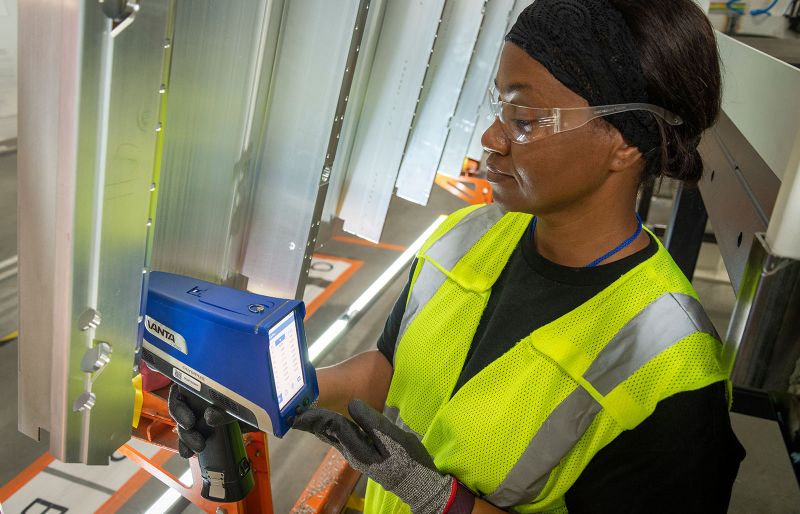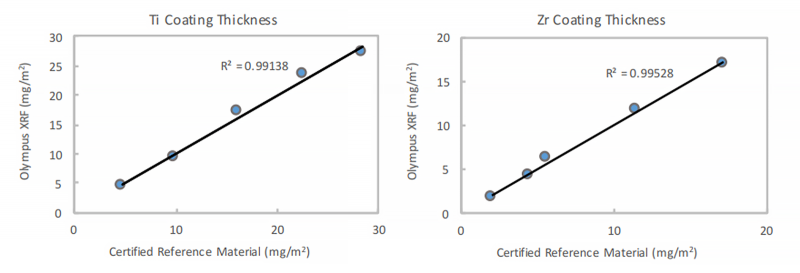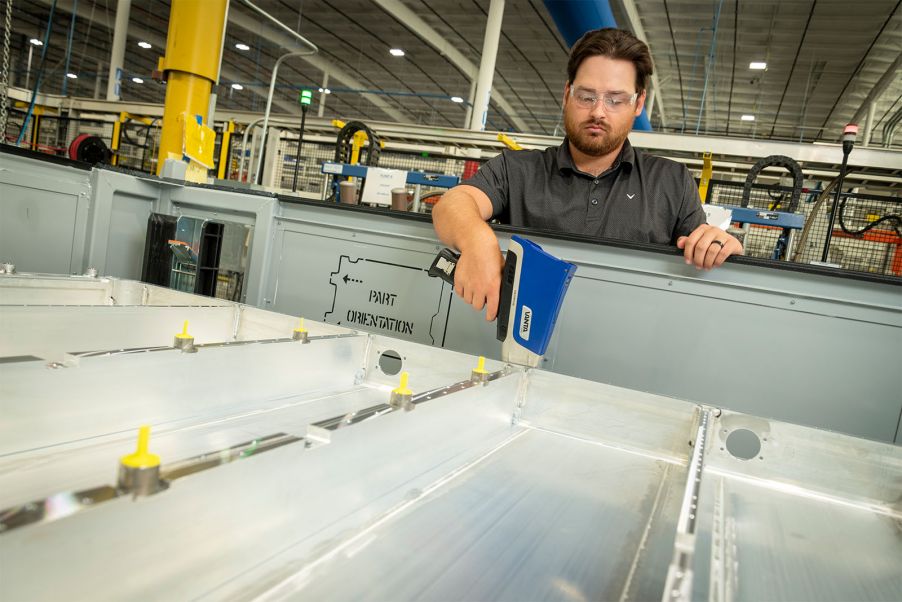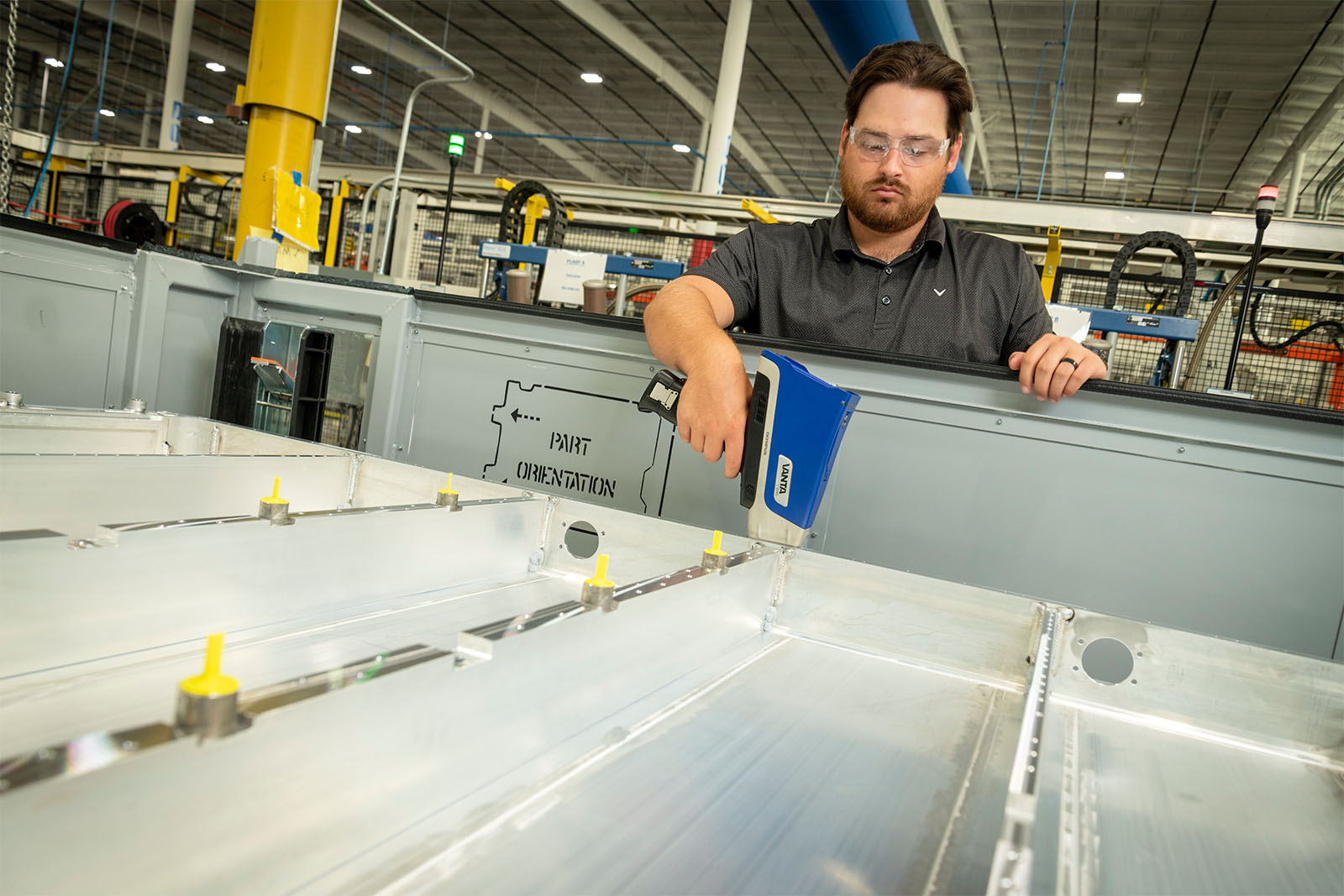在快节奏的汽车工程领域中,每个部件在确保汽车的上佳性能、使用寿命和安全性方面,都发挥着至关重要的作用。铝是制造汽车部件的关键材料之一。铝以重量轻、材料强度高而著称,可用于制造更轻、更安全、更省油的汽车。
铝的用途也很广泛。铝存在于多种合金中,有助于提供独特的机械性能,如良好的成型性和强度重量比。某些铝合金具有特定的性能,适用于制造不同的汽车部件,因此,在整个汽车制造过程中会使用不同的铝合金,以优化汽车的性能。
除此之外,正确的表面处理和涂层还能为汽车铝制部件提供额外的性能和保护。对铝制部件进行正确的表面处理,可以增强美感,防止腐蚀、磨损和其他受环境因素的影响,或者提供更好的成型性。
考虑到这些因素,汽车的性能取决于为正确的部件使用正确的材料和涂层。原始设备制造商(OEM)要遵循严格的质量流程,而汽车制造商必须确认来自OEM供应商的进料的完整性,以确保汽车的质量控制和质量保证。其中包括验证铝制OEM汽车部件的涂层厚度。
在此,我们将探讨汽车行业中为铝制部件使用的各种类型的表面处理和涂层,重点介绍它们在经济和物理方面的优势。此外,我们还介绍了用于铝制部件涂层厚度测量和分析的高效质量控制设备。
4种用于汽车铝制部件的表面处理和涂层
汽车铝制部件和零件采用多种表面处理和涂层方案。其中包括:
1.阳极氧化
阳极氧化是铝制OEM汽车部件常用的一种表面处理技术,就是在部件表面形成一个氧化层。这种氧化层可提高耐腐蚀性,还有多种颜色可供选择。此外,经过阳极氧化的铝制部件还具有耐用性、更高的硬度和出色的附着性能。这些特性使阳极氧化处理成为外部车身面板、车轮和其他可见部件的理想选择。
2. 非铬酸盐转化涂层
非铬酸盐转化涂层可为铝制部件表面提供保护层,增强了其抗腐蚀能力。这种涂层具有优异的附着力,可在其上进行后续喷涂。这种涂层广泛用于发动机部件和航空航天部件等关键应用中。
Ti/Zr涂层(一种基于钛和锆的涂层)是最常见的涂层之一。这种涂层是通过喷涂化学药剂进行Ti/Zr处理,然后再冲洗和干燥而形成的。许多汽车厂商采用了Ti/Zr涂层处理方法,因为它能提高汽车铝制材料的粘接耐久性。
3. 粉末涂层
粉末涂层是在表面上涂上干粉,然后待其固化以形成保护和装饰层。该工艺具有卓越的耐久性、耐化学性和丰富的颜色选择。汽车中带有粉末涂层的铝制部件无处不在,包括底盘部件和内饰。
4. 电镀
电镀是一种通过电解池在铝表面上沉积金属层的工艺。这种技术可增强耐腐蚀性,提供光滑的表面,还可实现装饰效果。电镀铝制部件通常用于外部装饰和装饰性点缀。
对轻型电动汽车(EV)的追求推动了涂层技术的进步。研发工作的重点是开发出具有更高耐腐蚀性、耐用性和减重性能的涂层。
研发的先进涂层包括纳米涂层、薄膜涂层和高级复合涂层,这项涂层在增强了保护性能的同时,还大幅减少了涂层重量。这些创新符合在提供优质性能和保护的同时减轻整车重量的目标。
质量攸关:XRF技术可测量从纳米级到微米级的涂层厚度
对于汽车工程师和制造商来说,确保汽车质量稳定并符合规格至关重要。质量控制的一个关键方面是准确测量表面涂层的厚度。
在此方面,X射线荧光(XRF)技术是一种可靠而高效的解决方案,即使对于形状复杂的样品也不例外。XRF是一种无损分析技术,可用于测量材料的元素成分。这种技术还能在不损坏部件的情况下精准测定铝制部件表面的涂层厚度。

技术人员正在使用手持式XRF分析仪进行涂层分析。
XRF技术众所周知,在涂层厚度测量方面具有多种优势:
无损检测:XRF技术可以测量涂层厚度,而不会影响铝制OEM部件的完整性和可用性。
准确度和精确度:XRF分析仪提供高度准确且可重复的涂层厚度测量,降低了涂层厚度偏离规格的风险。

| 钛涂层厚度 | 锆涂层厚度 | ||
|---|---|---|---|
| 实验室 | XRF | 实验室 | XRF |
| 4.74 | 4.5262 | 1.94 | 1.6535 |
| 9.87 | 9.4366 | 4.47 | 4.1885 |
| 16.13 | 17.075 | 5.61 | 6.2165 |
| 22.67 | 23.5199 | 11.51 | 11.7935 |
| 28.36 | 27.2368 | 17.19 | 16.8635 |
上述数据表明,使用Vanta手持式XRF分析仪获得的钛(Ti)、锆(Zr)涂层厚度结果与参考材料的标定涂层厚度有非常好的相关性。
时间和成本效率:XRF技术可快速测量,大幅减少停机时间,提高生产率。它无需进行破坏性检测或复杂的样品制备,从而节省了成本。
用途广泛:XRF分析仪可以测量多种涂层,包括阳极氧化层、转化涂层等,因此适用于各种汽车应用。
要了解XRF如何帮助确保涂层质量,请观看以下视频:
为实现汽车制造业质量4.0引入在线XRF
有时,需要精准控制纳米级的涂层厚度(一纳米等于十亿分之一米)。就纳米厚度控制而言,测量程序的一致性非常重要。手动控制并不总是能够完成理想的程序。
这就是我们提供符合Quality 4.0实践的自动在线控制系统的原因。集成有在线XRF分析仪的机械臂可以实时分析控制点,对表面处理进行100%的质量控制。
对汽车铝制部件的涂层质量充满信心
在不断发展的汽车行业中,表面处理和涂层对于提高铝制OEM 部件的性能、保护性和视觉吸引力是不可或缺的。阳极氧化、铬酸盐转化涂层、粉末涂层、电镀和有机涂层各有不同的用途,有助于提高汽车部件的整体耐用性和功能性。通过精心选择合适的表面处理方法,汽车工程师可以确保汽车的优质性能、使用寿命和客户满意度。
请记住,当涉及到汽车行业的铝制OEM部件时,表面处理和质量控制是相辅相成的。通过了解表面处理领域的最新进展并将XRF等前沿技术集成到生产线,汽车工程师可以推动创新、提升产品性能,并在这个充满活力的行业中取得成功。


